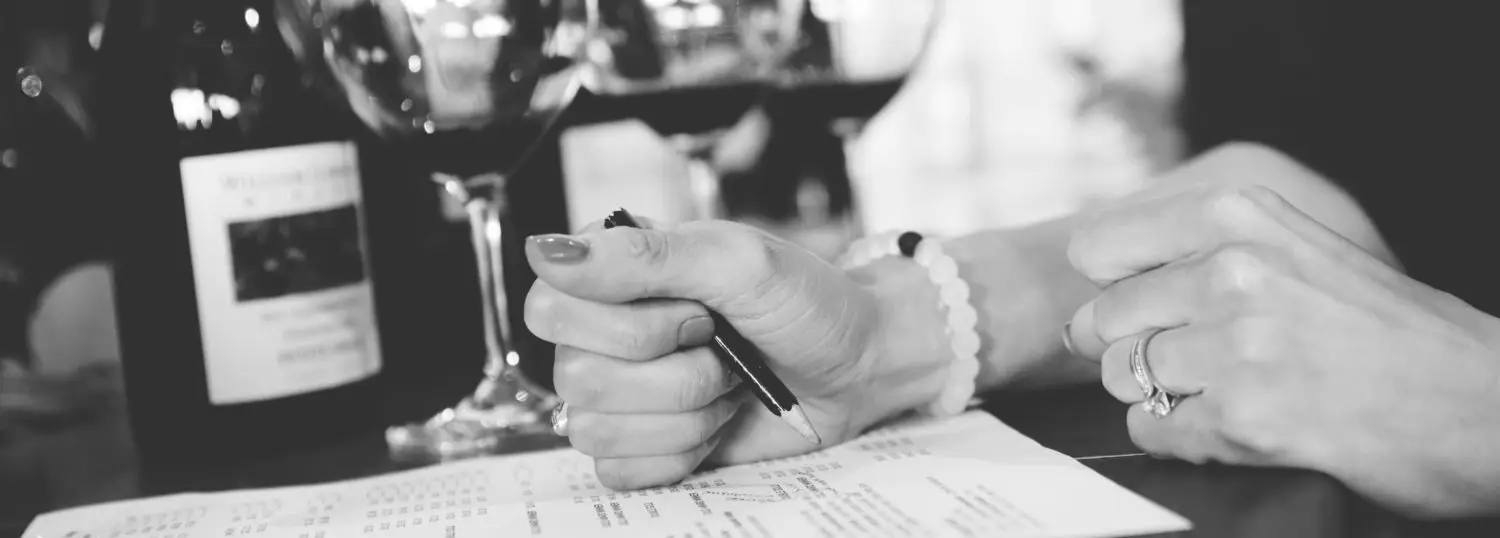Susan Sokol Blosser and Bill Blosser were dreamers and schemers. In the early 1970s when America was experiencing its modern grape growing and winemaking boom the couple decided—with no prior ag or cellar training—to become both growers and winemakers. While many in this position would have set their sites toward California, the couple gave the US’s largest wine producing state a wink and a wave as they passed on by to settle in Dundee, Oregon, following in the footsteps of such wine pioneers as David Lett (Eyrie Vineyard).
One of Willamette Valley’s seven sub-AVAs, Dundee Hills is arguably the most important. Indeed, it is where the first Pinot Noir vines were planted in the state. A series of volcanic hills run north to south with ridging running east to west, and thus vines tend to be planted at higher altitudes than anywhere else in Willamette. Though the temperature is warmer than elsewhere in the larger AVA (due to the Coast Range blocking maritime influence and the Chehalem Mountains blocking northern winds), this elevated planting means that grapes experience a wide diurnal range, thus protecting innate acidity. A quality that is truly characteristic of the Sokol Blosser wines.
Today, second generation, brother-sister team, Alison Sokol Blosser and Alex Sokol Blosser, take the reigns as co-CEOs. According to the winery, the Sokol Blosser legacy expands beyond their high quality Pinot Noirs and Chardonnays, and into their love and respect for the environment that allows them to produce those grapes. In 2002, Sokol Blossor became the first US winery to become LEED Certified and in 2015 they gained B Corp status.

Winery Dog




